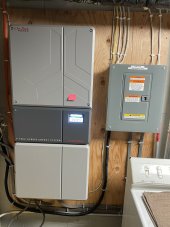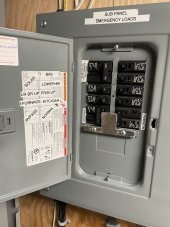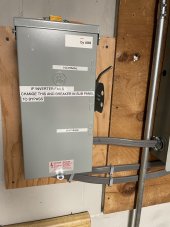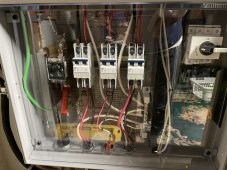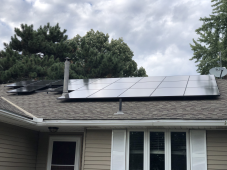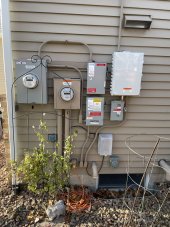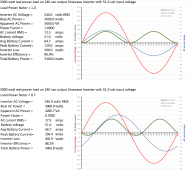I have a 6.4kw with Enphase Micro inverters with my new Skybox AC coupled to sub panel
In the last 3 weeks since I installed the Skybox I have had 5 SC-Non Recoverable Faults Detected ,witch shut down the Skybox
3 have been between 7:00 and 8:30 AM and 2 around Noon
Outbox is blaming the Enphase micro inverters when they start up.
Strange because it was dark and cloudy this morning, and 2 around noon when AC coupling was already happening.
Any body with enphase have similar problems?
What Grid profile are you using?
I am worried that this skybox is junk!!
Thanks
In the last 3 weeks since I installed the Skybox I have had 5 SC-Non Recoverable Faults Detected ,witch shut down the Skybox
3 have been between 7:00 and 8:30 AM and 2 around Noon
Outbox is blaming the Enphase micro inverters when they start up.
Strange because it was dark and cloudy this morning, and 2 around noon when AC coupling was already happening.
Any body with enphase have similar problems?
What Grid profile are you using?
I am worried that this skybox is junk!!
Thanks



